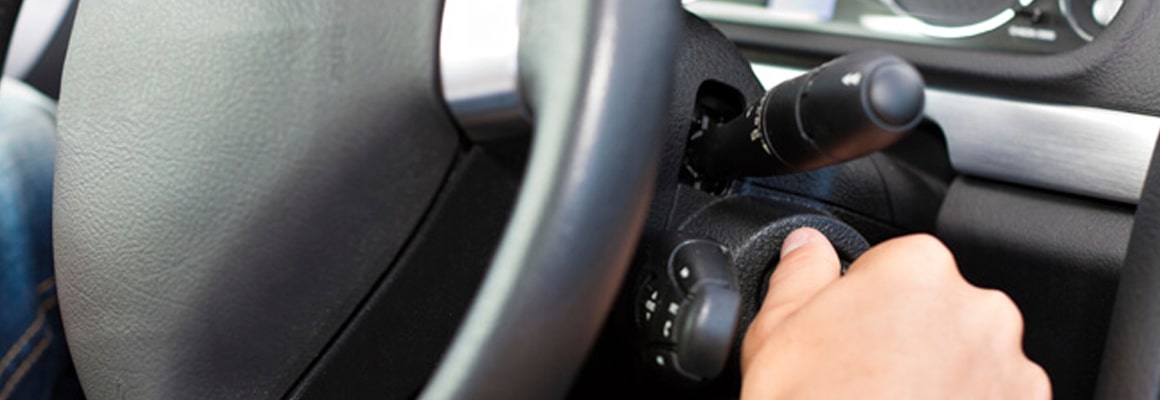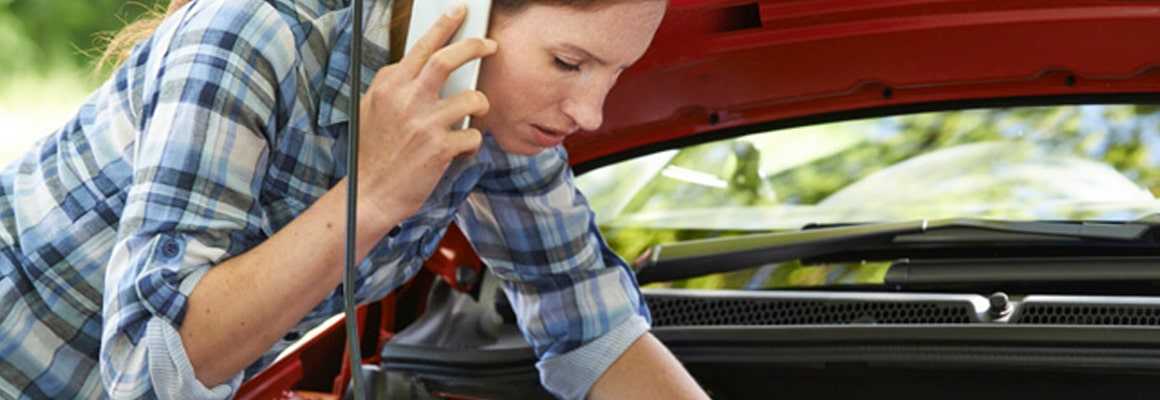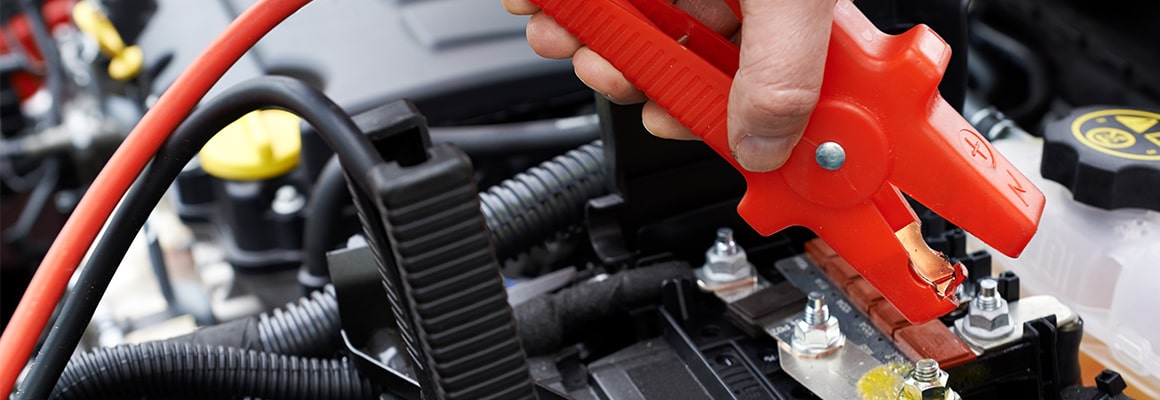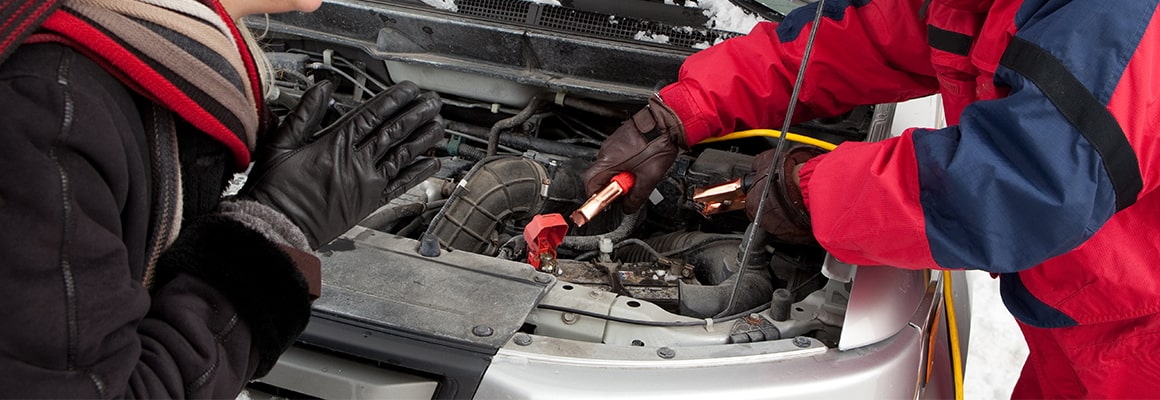How to jump start your car
A flat battery is something that will happen to most drivers at some point, particularly in the colder months.
Although jump starting your car is pretty straightforward, there are still some important rules to follow:
What exactly is jump starting a car?
Jump starting is a way of recharging your car’s battery when it goes flat by connecting it to another car’s battery using jump leads. The electricity from the other car’s battery will charge up your battery enough to get your car started.

Know when you need to jump start your car
You can tell if your car has a flat battery by carrying out some simple checks:
- What happens when you turn the ignition key?
If your car is working properly, then the first sound you hear will be the electric starter motor, which then starts the car’s engine. If the starter motor struggles to start, or doesn’t start at all, then you are likely to have a flat battery. - Do the headlights work?
If they are dim, it’s probably a flat battery, if they are bright, then the battery is not flat, so jump starting is not the solution.

What do you need to jump start a car?
1. Another car:
The car that you are jump starting your car from should have a similar engine size and a charged battery.
2. Jump leads:
It’s a good idea to carry a set of jump leads in your car at all times. Buying the very cheapest leads available may cost you more in the long run, so try to choose a substantial pair with strong clips at each end. More expensive leads will also often be longer, which is more convenient.
Before jump starting your car, follow this checklist:
- Check your battery for any leaks, cracks or other damage. If you find any, DO NOT attempt to jump start your car. The battery needs to be replaced, not charged.
- Check your jump leads. If they’re damaged then don’t attempt to use them.
- If your car, or the car you are jump starting from, is an alternatively-fuelled vehicle (for example hydrogen or bio-diesel), or has an electronic ignition system, don’t try to jump start them. Check the owner’s manual if you are not sure.
- Make sure no metal objects, like jewellery, come into contact with the batteries or cables.
- Avoid wearing any loose clothing that could get caught in the engine.
- Avoid naked flames and don’t smoke.

How to jump start your car in 10 easy steps
It’s important to follow these steps in the right order to successfully jump start your car:
- 1. Move the two cars close together so that the jump leads will reach between both cars’ batteries. Don’t let the cars touch.
- 2. Make sure both cars aren’t in gear, the ignitions are off and the handbrakes are on.
- 3. Open the bonnet and locate the battery on both cars. It will usually be near the front of the car on the left or right side. It looks like a rectangular box with red and black connectors on the top marked + and -.
- 4. Securely clip one end of the red jump lead to the positive terminal on the flat battery, marked +.
- 5. Attach the clip at the other end of the red jump lead to the positive terminal of the other car, marked +.
- 6. Clip one end of the black jump lead to the negative terminal on the other car’s battery, marked -.
- 7. Attach the clip at the other end of the black jump lead to an unpainted metal surface on the car with a flat battery. Some cars have an ‘earthing point’ for this, so check the manual. Otherwise you can use one of the metal struts that holds the bonnet open. You may see a spark, but don’t worry, this is completely normal.
- 8. Try to start your car.
- 9. If it still won’t start, double check that the cables are securely connected at each end. Run the engine on the other car for a few minutes and try again. If your car still won’t start, you may need to replace your battery.
- 10. If your car does start leave the engine running for a while to recharge your battery. Remove the leads in reverse to the way you attached them. Make sure they don't touch each other or any metal surfaces. Finally, drive around for a good 30 minutes.
If the car doesn’t start the next time you use it, then the battery isn’t holding a charge properly and will need to be replaced.
*Disclaimer: Our 'How To Jump Start Your Car' guide brings you handy hints, but please remember that the advice given may not be suitable for your specific purpose. This guide is not intended as a substitute for professional help or guidance. Always speak to a trained professional, and, where applicable, always consult your car manufacturer’s handbook.
